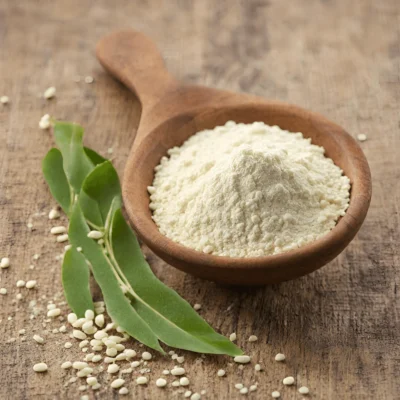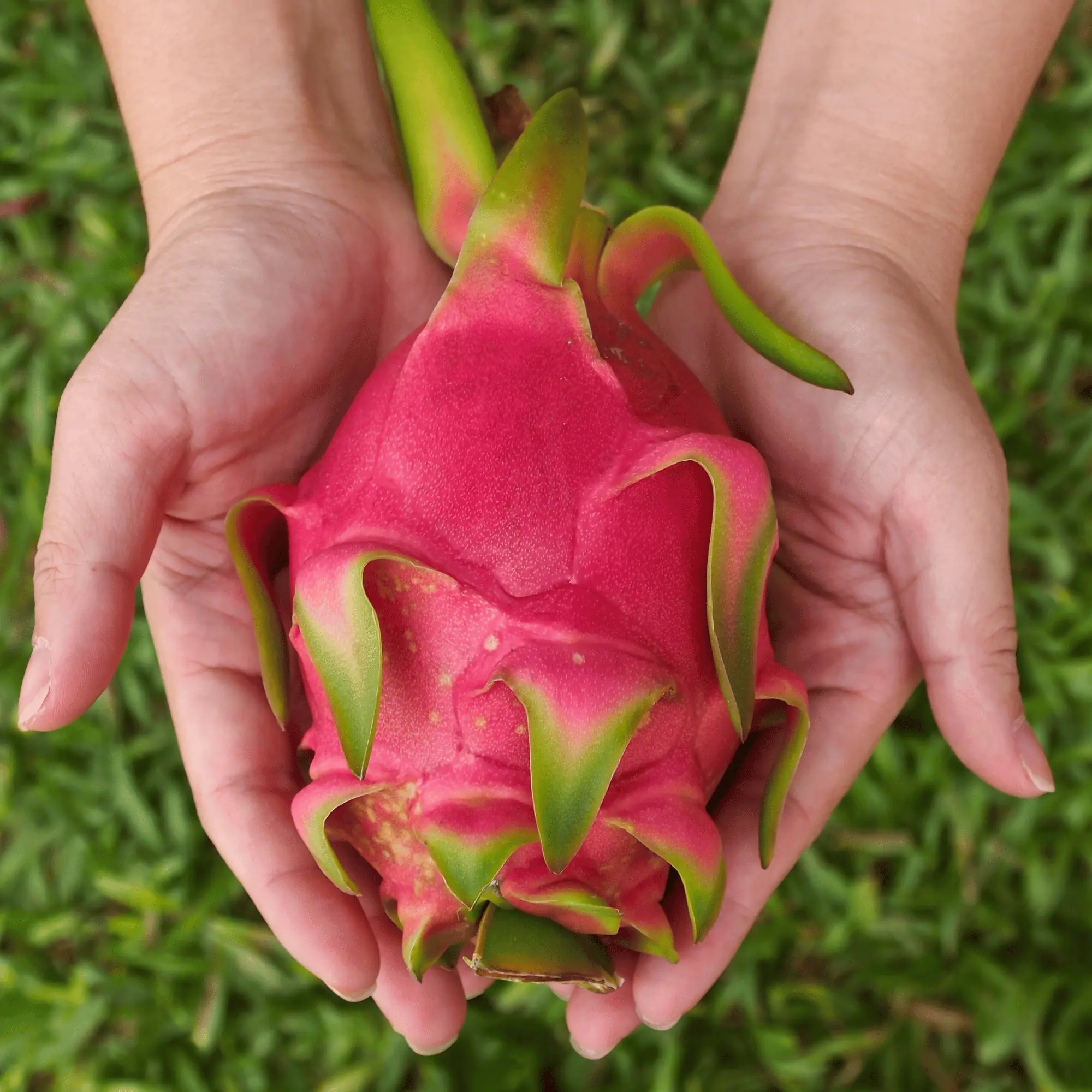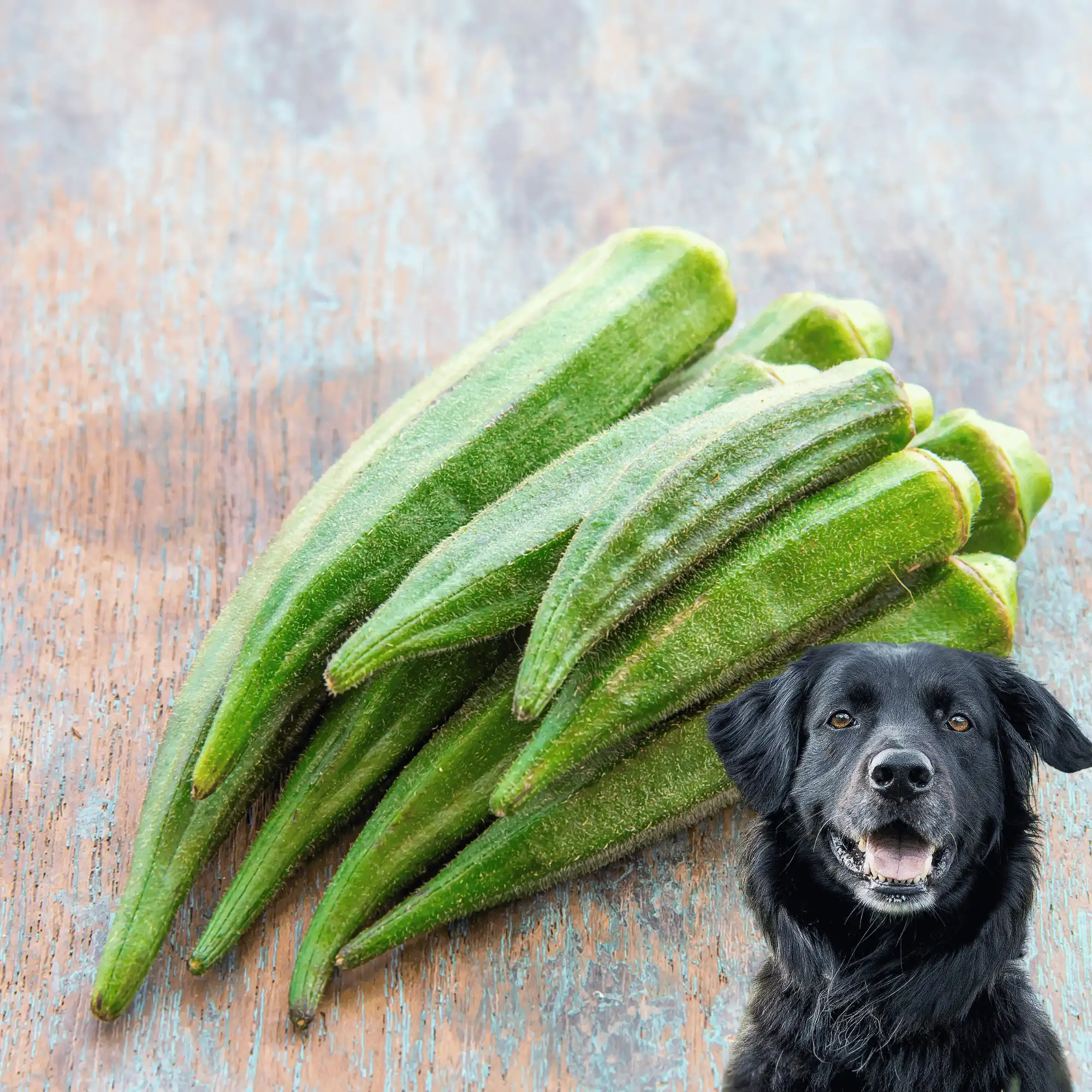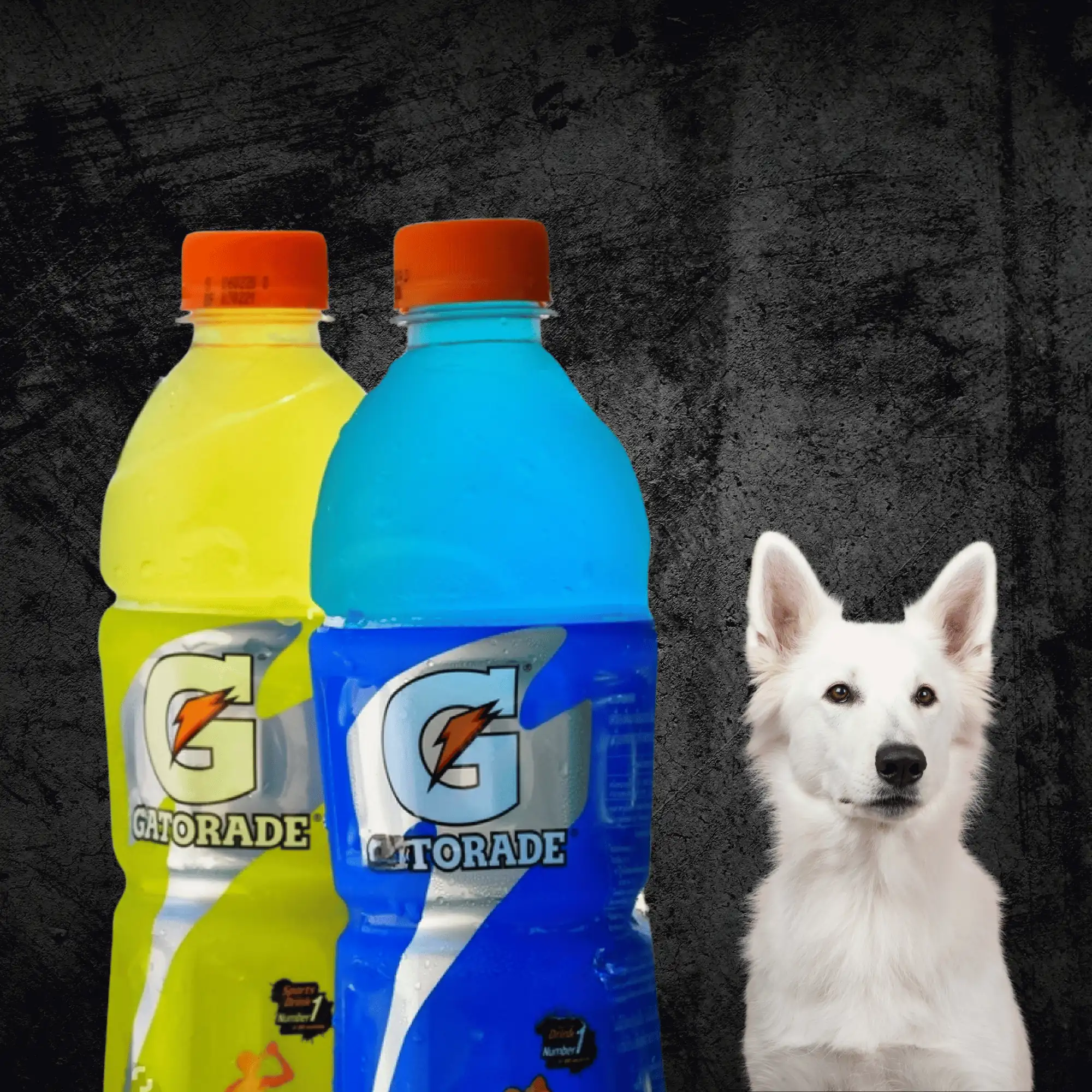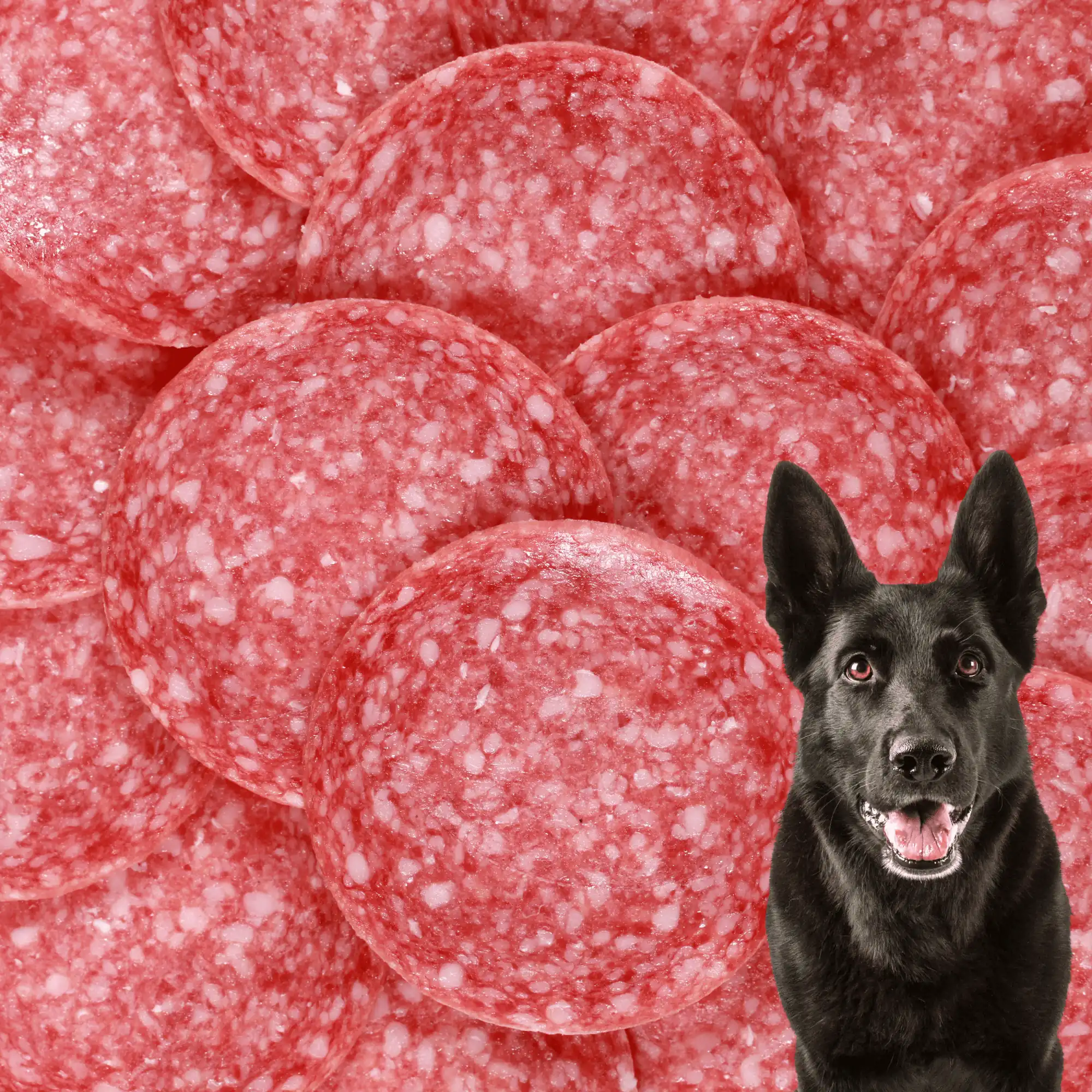Guar gum, a natural thickening agent derived from guar beans, has gained popularity in various industries, including the pet food sector. As dog owners become more conscientious about their pets’ nutrition, they often seek alternatives to conventional pet food ingredients. However, a critical question arises: Is guar gum safe for dogs to consume? Join us as we delve into the compatibility of guar gum for dogs.
In this article, we will explore whether guar gum is a healthy option for dogs. We will discuss the potential benefits and risks associated with incorporating guar gum into dogs’ diets. Additionally, we will explore the recommended safe dosage of guar gum for your furry friend.
Here are the topics we’re going to discuss in this blog post:
- What is Guar Gum?
- Is Guar Gum Bad for Dogs?
- Potential Benefits of Guar Gum for Dogs
- Why You Should Be Aware of Guar Gum in Your Dog’s Food
- Risks of Gaur Gum for Dogs
- How Much Guar Gum is Safe for Dogs?
- Why We’re Featuring Guar Gum
What is Guar Gum?
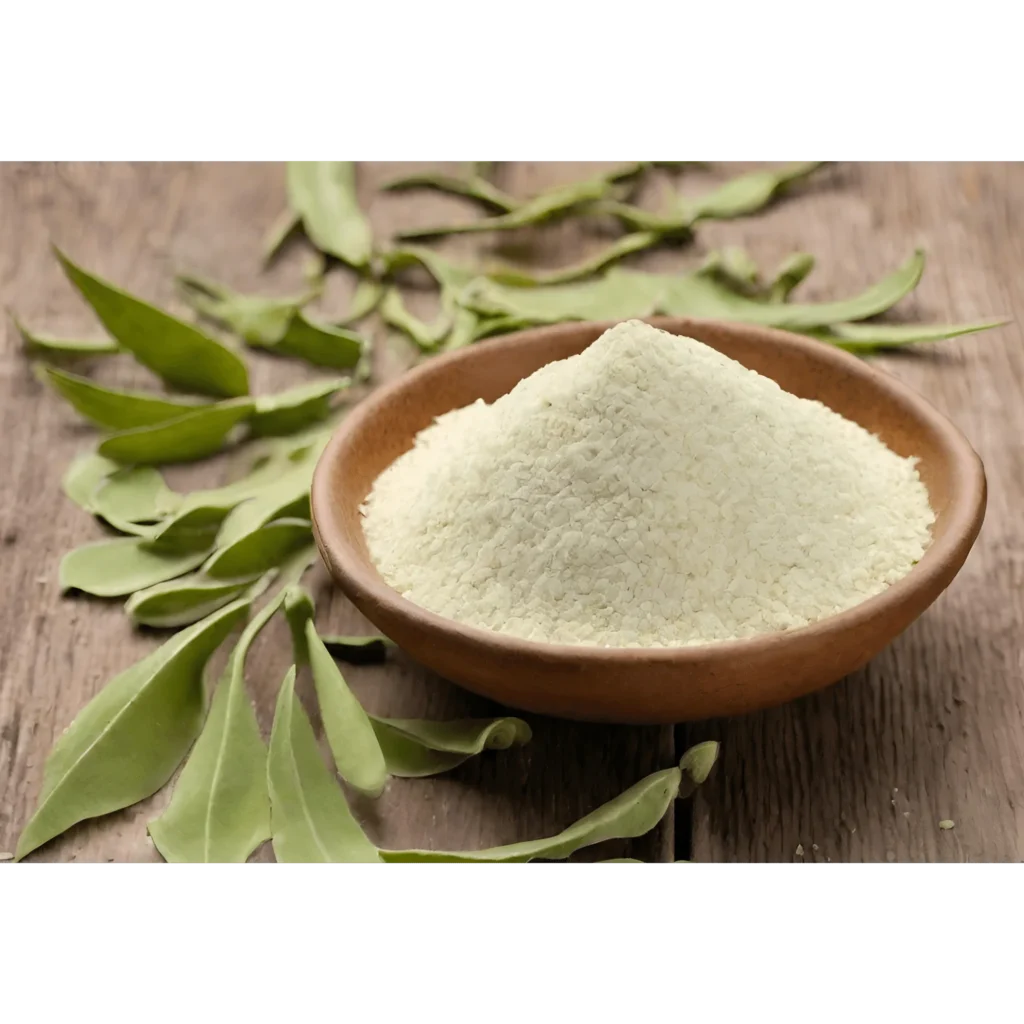
Guar gum, also known as guaran, is derived from edible legumes called guar beans and is commonly employed as a thickening agent and additive.
This versatile substance is frequently utilized as a food additive in processed foods. As a water-soluble gum, guar gum plays a role in reducing fat migration in pet food and can contribute to the digestion of amino acids. This explains why certain wet dog food brands appear thick and gelatinous when taken straight from the can.
Is Gaur Gum Bad for Dogs?
Poisoning from guar gum in dogs is exceptionally rare and typically occurs when the animal ingests an excessive amount of food containing guar gum. Dogs generally exhibit no adverse reactions to small amounts of guar gum, so there’s usually no cause for concern if your pet consumes a small quantity of this substance.
While dogs can consume Guaran, caution is advised. Although it is generally considered edible and safe for dogs, potential health risks are associated with its excessive consumption, including digestive problems and, in some cases, intestinal blockages.
Regular ingestion of such foods may lead to stomach distress, and it’s advisable to minimize their intake. Ingesting excessive amounts of guar gum at once or daily may have similar effects to taking high doses of the substance.
If your dog accidentally ingests a significant amount of Guar Gum, it is recommended to consult a veterinarian immediately to monitor signs of gastrointestinal pain and bloating. As an alternative, xanthan gum is considered safe with few reported negative effects in pets, making it a recommended substitute for guar gum.
Potential Benefits of Gaur Gum for Dogs:
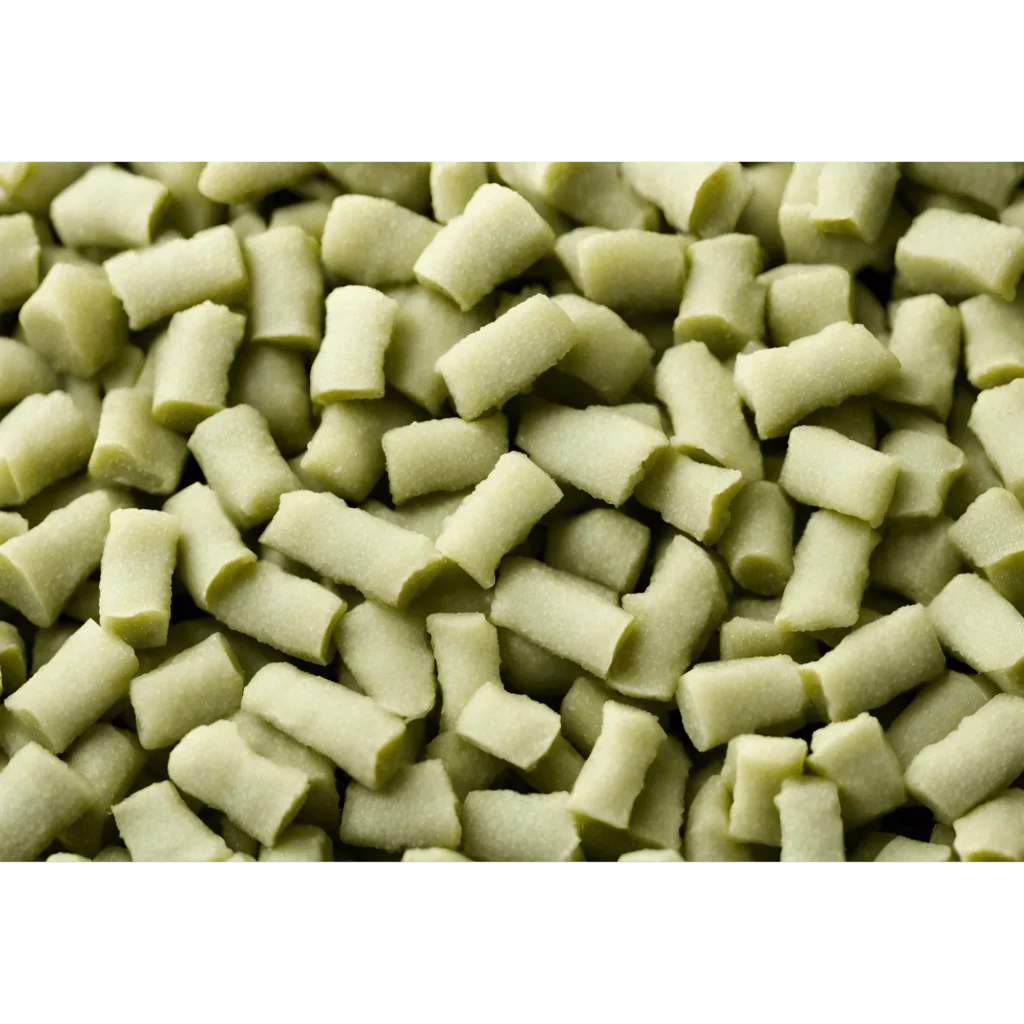
Guar gum, derived from the guar bean, serves as a plant-based thickener. This natural product has found its way into wet dog food, playing a role in both thickening and minimizing fat migration.
Renowned for being a rich source of fiber with a low glycemic index, guar gum boasts properties that make it a popular ingredient in the production of commercial pet food. Its inclusion aids in maintaining the integrity of all ingredients within their packaging.
Functioning as a water-soluble gum, guar gum extends its benefits to the digestive process, particularly aiding in the breakdown and absorption of proteins and amino acids. This multifaceted role highlights its significance not only as a thickening agent but also as a valuable component contributing to the overall nutritional profile of pet food.
Why You Should Be Aware Of Guar Gum in Your Dog’s Food
Certain guar gum formulations may contain traces of soy protein, potentially reaching up to 10%, which could pose issues for certain pets.
This ingredient is commonly included in dog food to ensure the integrity of various components, contributing to the overall quality of the product.
It’s important to note that high doses of guar gum or inadequate fluid intake can lead to blockages in both the esophagus and intestines. This highlights the importance of monitoring the quantity of guar gum in pet food and ensuring that pets have access to sufficient water to prevent potential complications.
Risks of Guar Gum for Dogs:

While guar gum is generally considered safe for dogs when used in appropriate amounts in commercial pet food, there are potential pitfalls and considerations:
1. Digestive Issues:
Guar gum can contribute to gas production in the digestive system, leading to bloating and discomfort, particularly in dogs with sensitive stomachs. Some dogs may experience loose stools or diarrhea when exposed to guar gum. This is more likely to occur if the dog has a sensitive gastrointestinal system.
Guar gum’s thickening properties might affect food movement through the digestive tract, potentially causing an upset stomach in some dogs. If you notice any signs of digestive distress in your dog, such as changes in bowel movements, bloating, or vomiting, it’s crucial to consult with your veterinarian.
2. Allergic Reaction:
While uncommon, dogs can develop allergies or sensitivities to specific ingredients, including guar gum. Excessive itching, scratching, or licking may indicate an allergic response. Redness, rash, or hives on the skin can be a sign of an allergic reaction.
Symptoms such as vomiting and diarrhea can be indicative of an adverse reaction to an ingredient, including guar gum. Swelling of the face, lips, or around the eyes may occur in severe cases of allergic reactions. In extremely rare cases, a severe allergic reaction known as anaphylaxis can lead to difficulty breathing and a life-threatening situation.
3. Caloric Intake:
Guar gum itself is not a significant source of calories, but it can contribute a small amount to the overall caloric content of pet food. Ensure that the total caloric intake aligns with your dog’s specific dietary needs, taking into account factors such as age, activity level, and overall health.
Treats and snacks can contribute to the daily caloric intake. Be mindful of the quantity and caloric content of additional food items given to your dog. Choose a dog food that provides a well-balanced and complete nutritional profile. Consult with your veterinarian to determine the appropriate caloric intake for your dog’s specific requirements.
4. Potential Aggravation of Existing Conditions:
Dogs with Inflammatory Bowel Disease may have a sensitive gastrointestinal tract, and the addition of guar gum could potentially exacerbate symptoms such as diarrhea or vomiting.
Dogs with pre-existing gastrointestinal disorders may experience a worsening of symptoms due to the thickening properties of guar gum affecting the movement of food through the digestive system.
How Much Guar Gum Is Safe for Dogs?
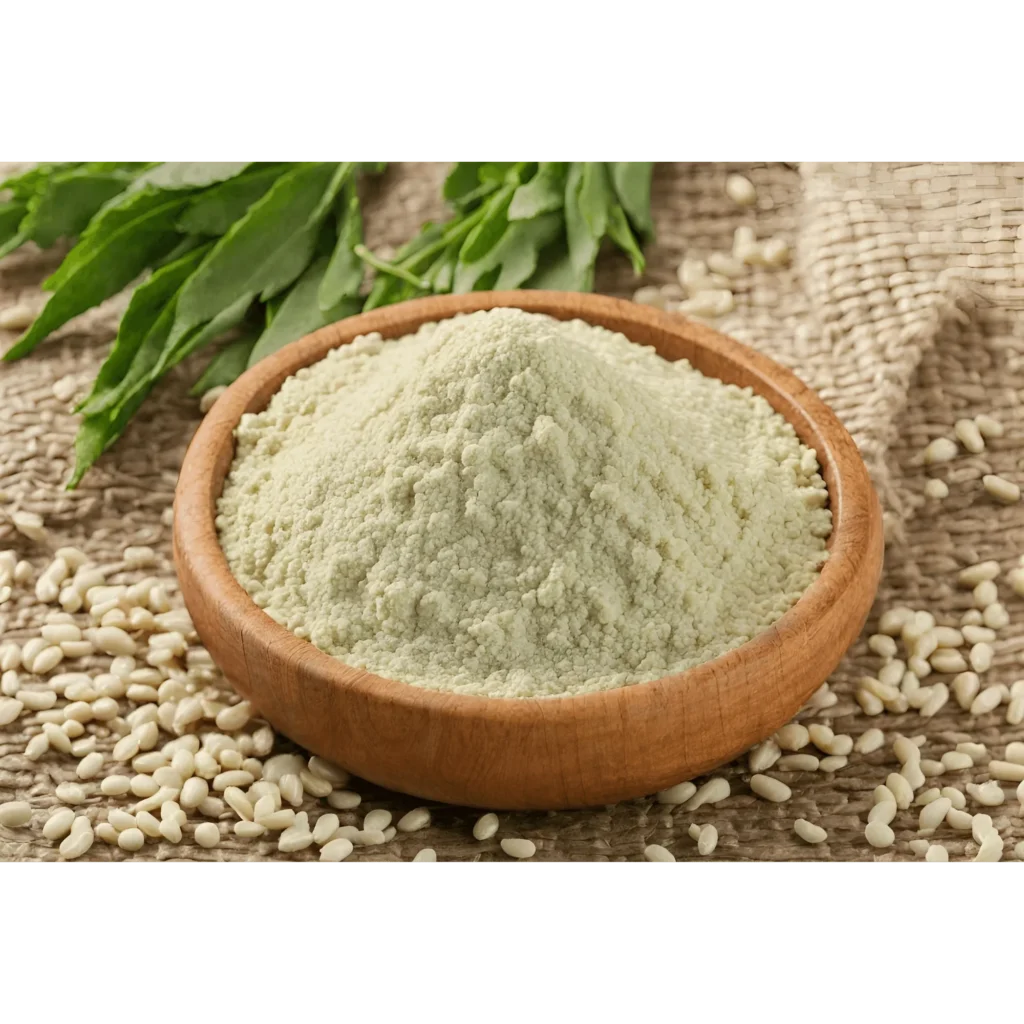
The amount of guar gum your dog may require is unclear, but it’s important to note that dog food typically contains only a small quantity of it.
When you feed your dog food containing guar gum, the amount they receive is generally minimal. The risk of giving your dog excessive guar gum arises primarily if you are consistently overfeeding them.
Ensure you adhere to your dog’s regular feeding schedule, typically once or twice daily, or as directed by your veterinarian, especially if they are on a special diet for weight control. This way, you can help maintain a balanced and appropriate intake of guar gum for your pet.
Why We’re Featuring Guar Gum
Our featured guide aims to empower pet parents with knowledge, encouraging them to make informed decisions about their dog’s diet. Despite the widespread use of guar gum in many pet food brands for its thickening and stabilizing properties, we urge pet owners to consider the potential consequences of excessive guar gum in their dog’s diet.
While guar gum is technically edible, pet parents need to be mindful of its presence in their dog’s food. We commend brands that are actively transitioning away from stabilizing agents. However, the abundance of misleading information makes it challenging for consumers to make informed choices.
Final Thought:
In conclusion, our comprehensive guide on guar gum for dogs strives to equip pet owners with a nuanced understanding of this commonly used ingredient in pet food. As dog nutrition becomes a focal point for responsible pet ownership, it’s imperative to weigh the benefits and potential risks associated with guar gum.
Guar gum, derived from guar beans, serves as a versatile thickening agent and additive in pet food, contributing to its texture and stability. While generally considered safe in moderate amounts, our guide sheds light on the importance of awareness. We delve into the potential benefits, such as its role in digestion and overall nutritional contribution, as well as the associated risks, including digestive issues, allergic reactions, and the exacerbation of existing health conditions.
Being mindful of the quantity and quality of guaran in your dog’s food is crucial, especially considering the possibility of soy protein traces and the potential for blockages. The guide emphasizes the need for pet owners to monitor their dogs for any signs of distress or adverse reactions and consult with veterinarians when in doubt.
Our mission is to empower pet parents to make informed decisions about their dog’s diet, recognizing the evolving landscape of pet nutrition. While guar gum has its merits, we encourage a balanced approach, urging awareness and consideration of potential alternatives. In a world inundated with information, we advocate for discernment, ensuring that your canine companion receives the best care tailored to their individual needs.
FAQs:
1: Can dogs be allergic to guar gum?
Guar gum, a fiber source commonly present in pet foods, serves the purpose of maintaining the kibble’s structure. While many animals show no adverse effects from this ingredient, some may develop allergies to it.
2: What are the cons of guar gum?
Guar gum has been linked to various digestive issues, such as abdominal pain, flatulence, diarrhea, and cramps. There is a consistent association with esophageal obstruction. Additionally, exposure to guar gum can result in occupational rhinitis and asthma.
3: What gum is toxic to dogs?
Sugarless gum may contain xylitol, a sugar-alcohol sweetener. While commonly used in products and foods for human consumption, xylitol can have severe and devastating effects on pets if ingested. Pet owners need to be aware of this potential danger and take precautions to keep products containing xylitol out of the reach of their pets.
4: Why avoid guar gum?
High amounts of guar gum can indeed pose serious health risks, including the potential for issues like intestinal obstruction, and in extreme cases, it could lead to death.
5: Is guar gum good or bad?
Guar gum can contribute to increased dietary fiber intake, potentially aiding in lowering cholesterol, blood sugar, and the risk of heart disease. Its ability to create a sense of fullness after consumption may also assist in weight management, providing a potential benefit in promoting weight loss.






